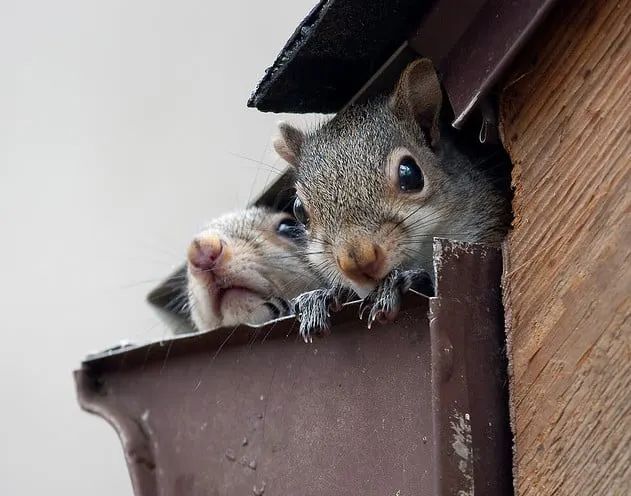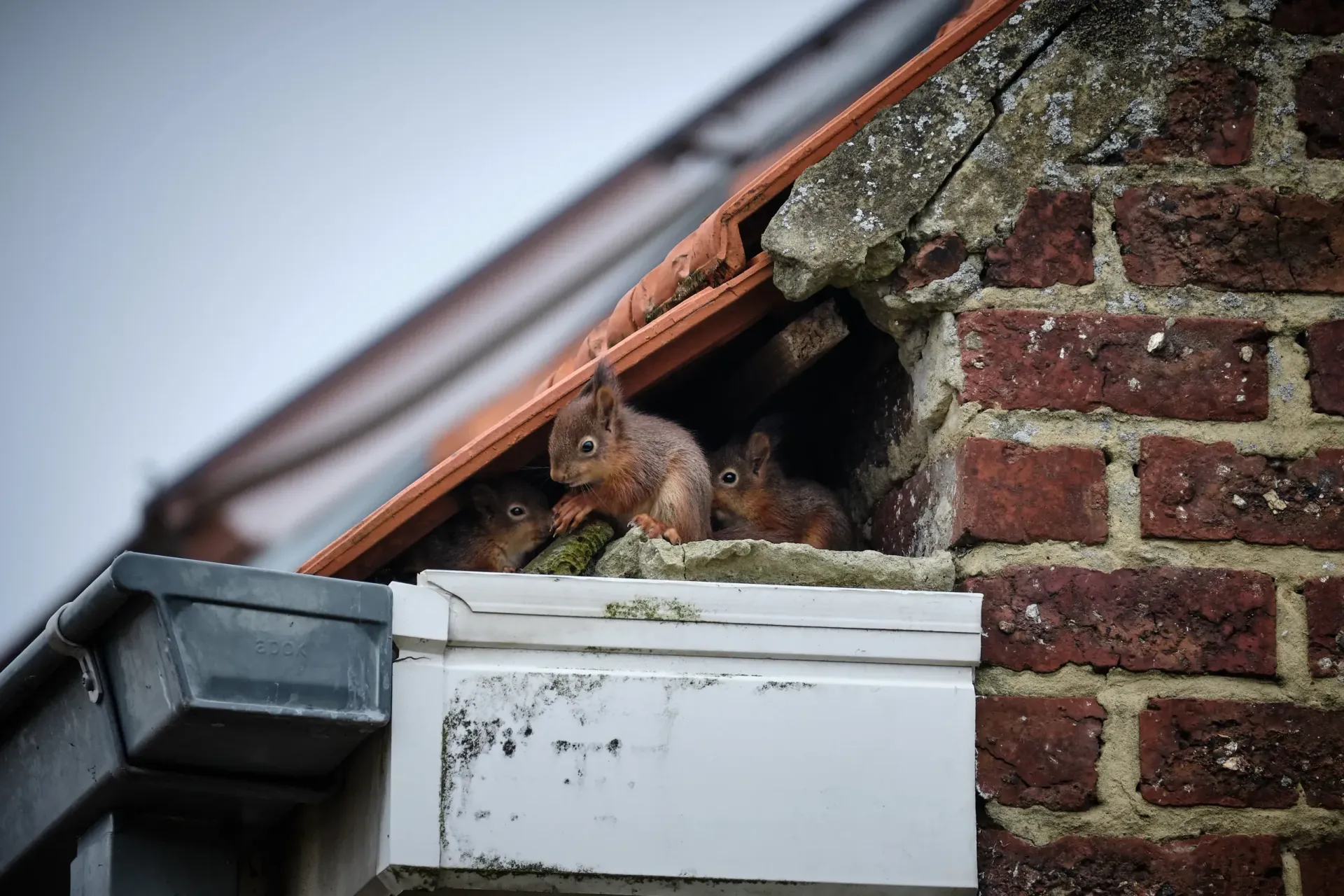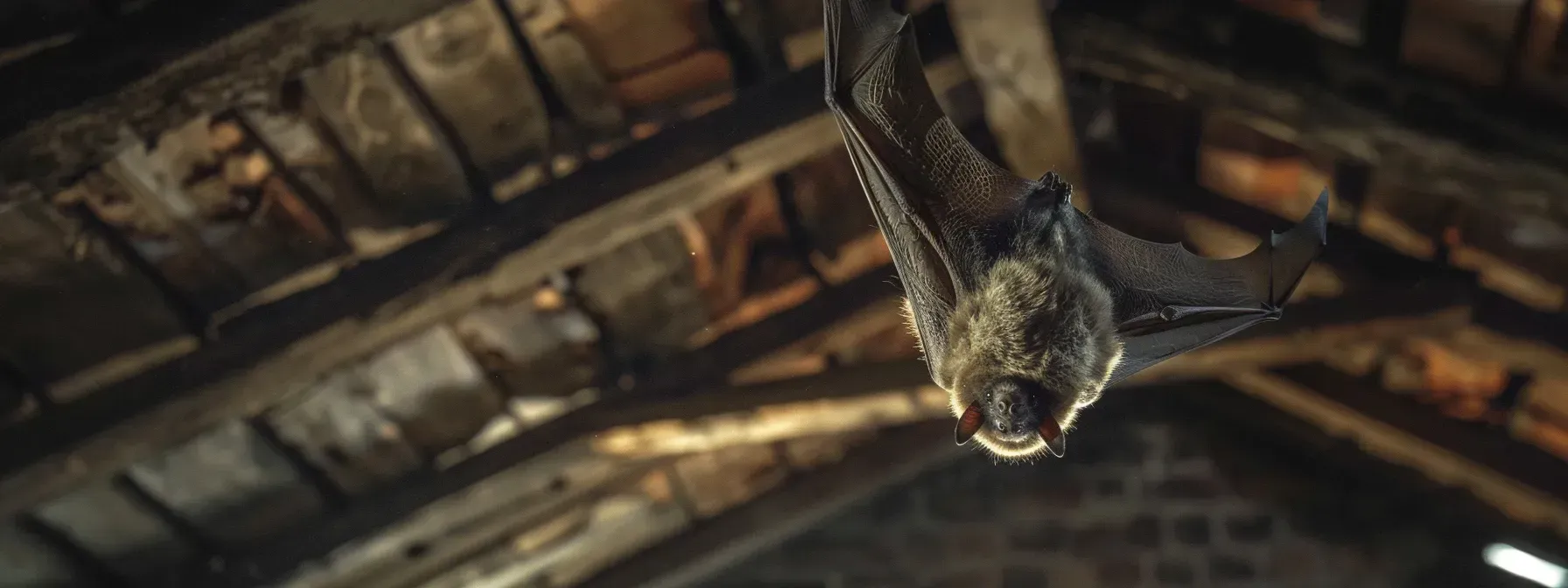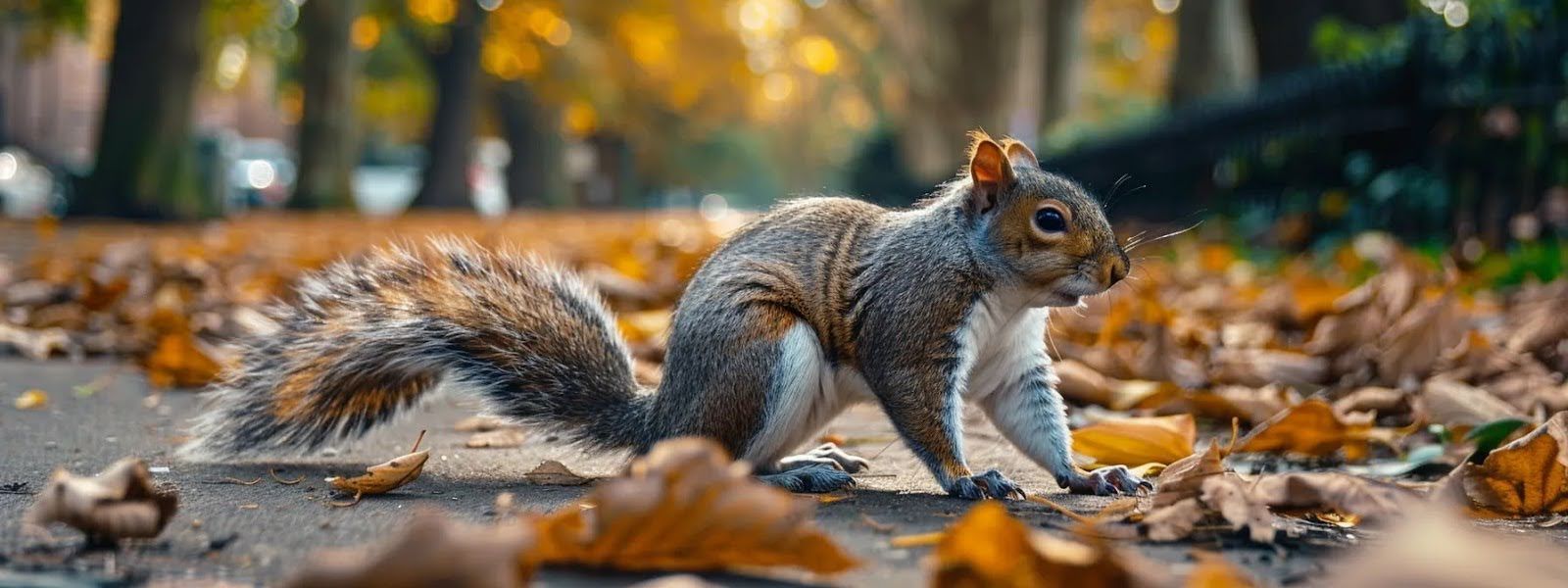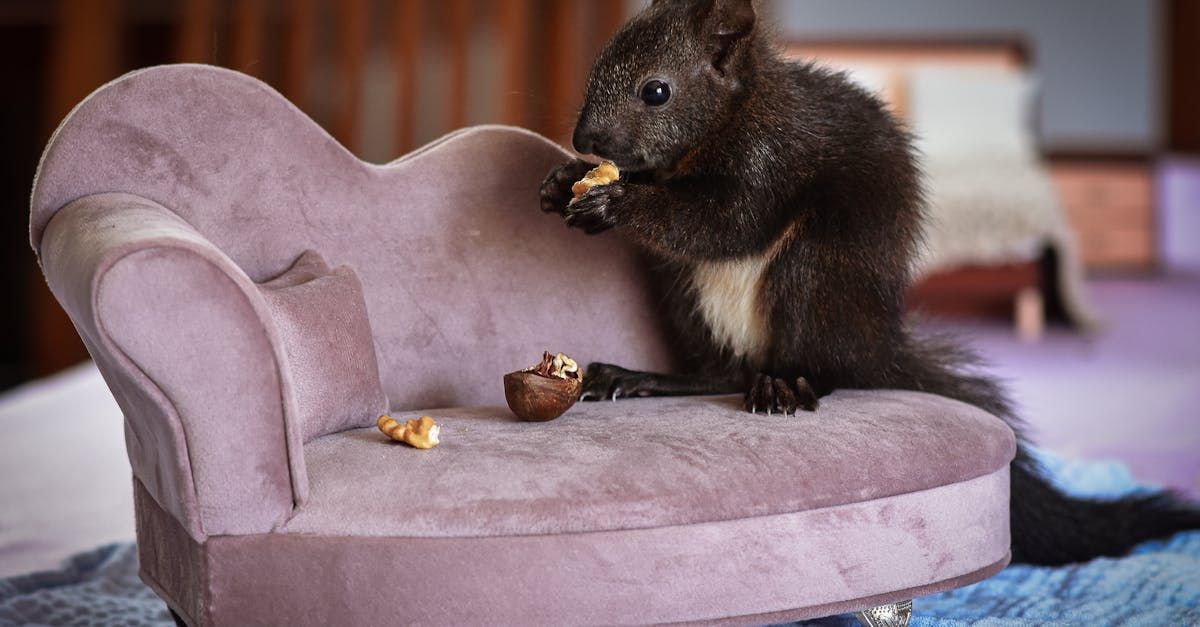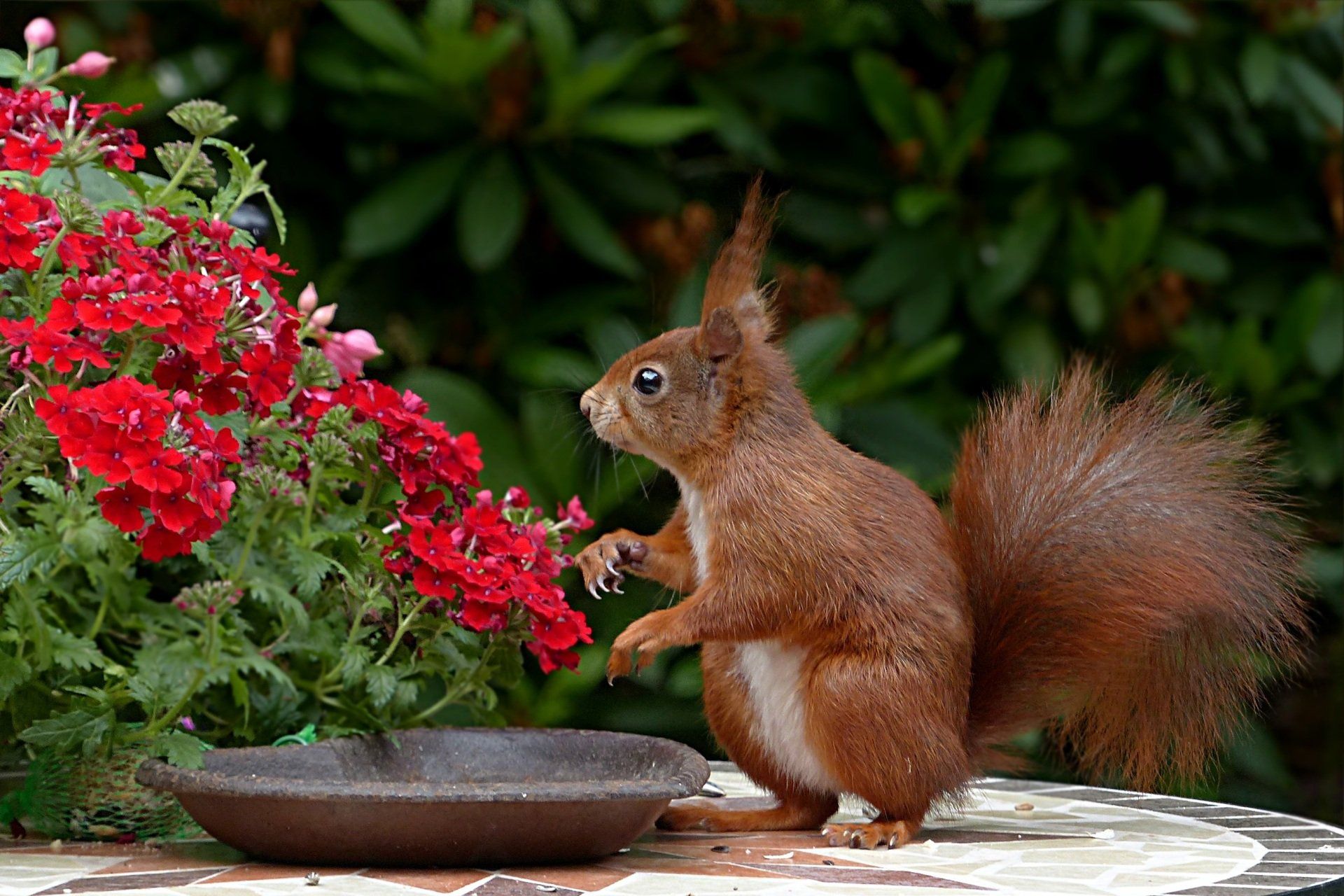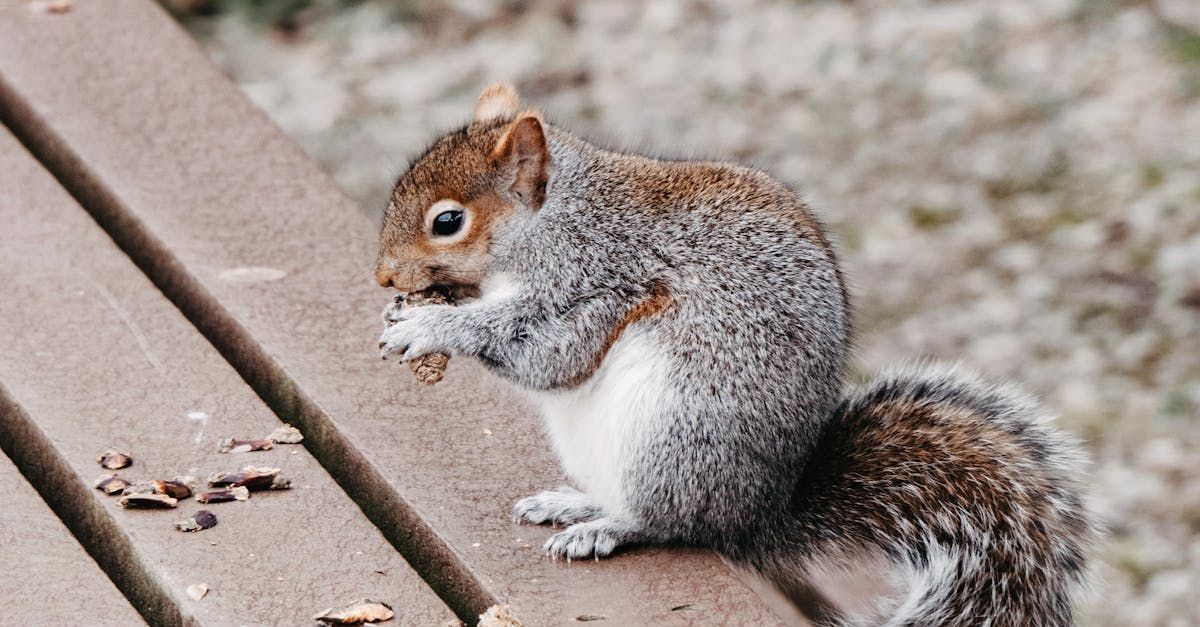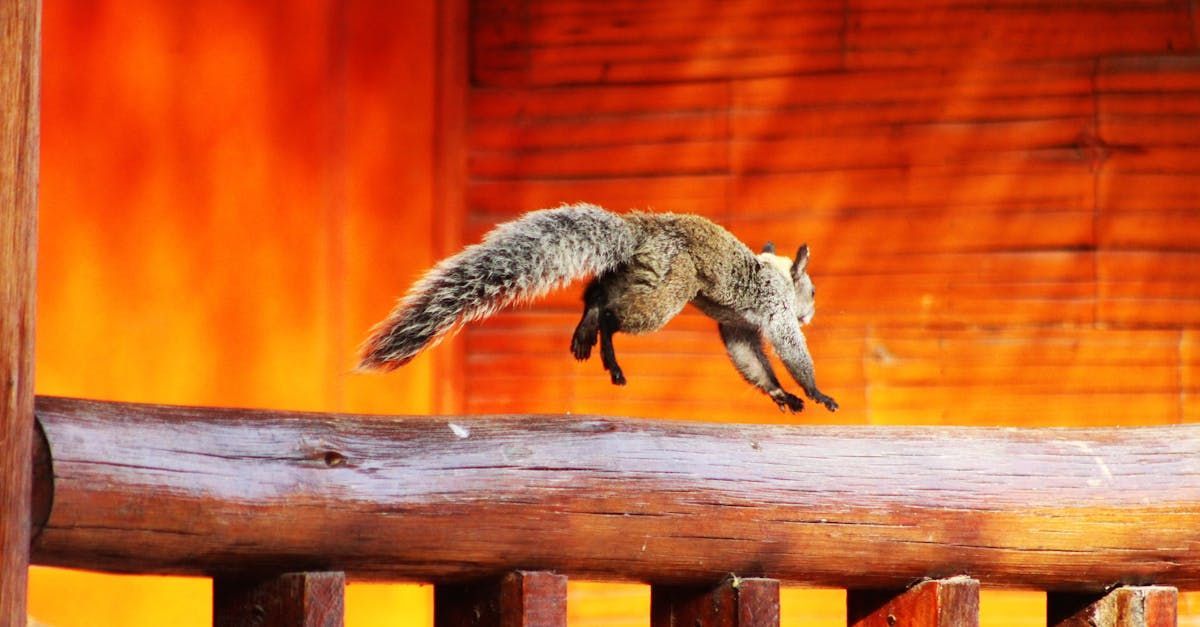The Dangers of Ignoring a Bat Infestation
Are bats nesting in your home?
Ignoring the problem could threaten your health and property. You want a safe home and peace of mind, free from possible risks caused by these winged intruders. This post will uncover the hidden dangers of bat infestations, and show why addressing the issue with a
bat removal service is urgent.
If you're concerned about bats in your home, keep reading. The answers you need are here.
Why Do Bats Enter Homes?
Bats often seek out quiet, dark spaces to roost. Attics, chimneys, basements and wall voids mimic the caves and trees they prefer in the wild.
Common Entry Points
- Cracks in roofing or siding
- Gaps around vents or chimneys
- Unsealed windows or doors
- Crawl Space
- Eaves, gable vents, and soffits
A single bat can enter through a gap as small as half an inch. Once inside, these animals multiply quickly, leading to a full-blown infestation.
What Health Risks Do Bats Pose?
Living alongside bats can expose you to serious health concerns.
Their droppings, or guano, can harbor Histoplasma capsulatum, a fungus that causes histoplasmosis, a type of fungal infection in the lungs. Over time, these fungal spores can spread through your home’s ventilation system, including ducts and air conditioning units, putting your family at risk of disease.
The Centers for Disease Control and Prevention (CDC) warns that bat bites can also transmit rabies, and while rare, exposure to bat-related pathogens is a recognized public health issue in the United States.
Timely intervention can prevent these risks.
How Can Bats Damage Your Property?
Bats don’t chew like rodents, but their presence, and behavior can still cause destruction.
What Parts of Your Home Are Vulnerable?
- Insulation: Guano and urine can saturate insulation, reducing energy efficiency.
- Wood beams and walls: Moisture from bat feces can lead to rot and mold.
- Odor and stains: Persistent smells and discoloration from droppings can ruin living spaces.
Bat guano is also highly acidic, typically with a pH level between 2.1 and 5.6, which is similar to that of lemon juice. Over time, it will be able to corrode metal and damage concrete surfaces, and even affect electrical wiring.
Why Is Professional Bat Removal Urgent?
Bat infestations often grow unnoticed until damage becomes severe. Bat removal should never be attempted without professional assistance due to safety risks and legal protections for many bat species. In Georgia, trapping or hunting bats is illegal, regardless if it's a big brown bat or a little brown bat.
Moreover, three types of bats receive federal protection under the Endangered Species Act. These include the Indiana Bat, Gray Bat, as well as Rafinesque's Big-eared Bat, and the tricolored bat.
How Do Professionals Safely Remove Bats?
Experts use humane exclusion techniques:
- Identify entry points.
- Install one-way doors allowing bats to exit without returning.
- Seal openings after ensuring all bats are out.
Hiring professionals ensures compliance with wildlife laws while protecting your home.
Can Ignoring a Bat Infestation Lead to Long-Term Issues?
The longer bats remain in your home, the greater the risks:
- Increased health threats: Larger colonies produce more waste, heightening exposure risks.
- Escalating repair costs: Rot, stains, and odor become harder to resolve over time.
- Stressful disruptions: Nighttime noises and sightings can affect your well-being.
Are Bats Beneficial to the Ecosystem?
Bats contribute to a healthy ecosystem in many ways: pollination, seed dispersal, pest control, and nutrient cycling. Their fur helps carry pollen between plants, and their wingspan allows them to travel long distances to hunt pests.
Organizations like Bat Conservation International emphasize their role in pest control, especially in areas like gardens and lawns.
However, while these flying mammals are important outdoors, bats don’t belong in your home. Ethical removal ensures these creatures can thrive in their natural habitat without endangering you.
Conclusion
Ignoring a bat infestation exposes your family to health risks and property damage.
Acting quickly prevents escalating problems while ensuring these creatures are handled safely and legally. At Catch A Critter, we understand how unsettling bat infestations can be, which is why we offer full-service bat removal and exclusion.
Our team uses a humane, and eco-friendly approach to safely remove bats from your property, and prevent future infestations. We also ensure to protect your home during the process, while respecting wildlife.
Our bat removal service also includes inspection and assessment, and cleanup and decontamination to remove bat guano, and other health hazards.
If you need bat removal in Cumming, don't hesitate to reach out to us for a safe and effective solution to your bat problem.
Contact us today!
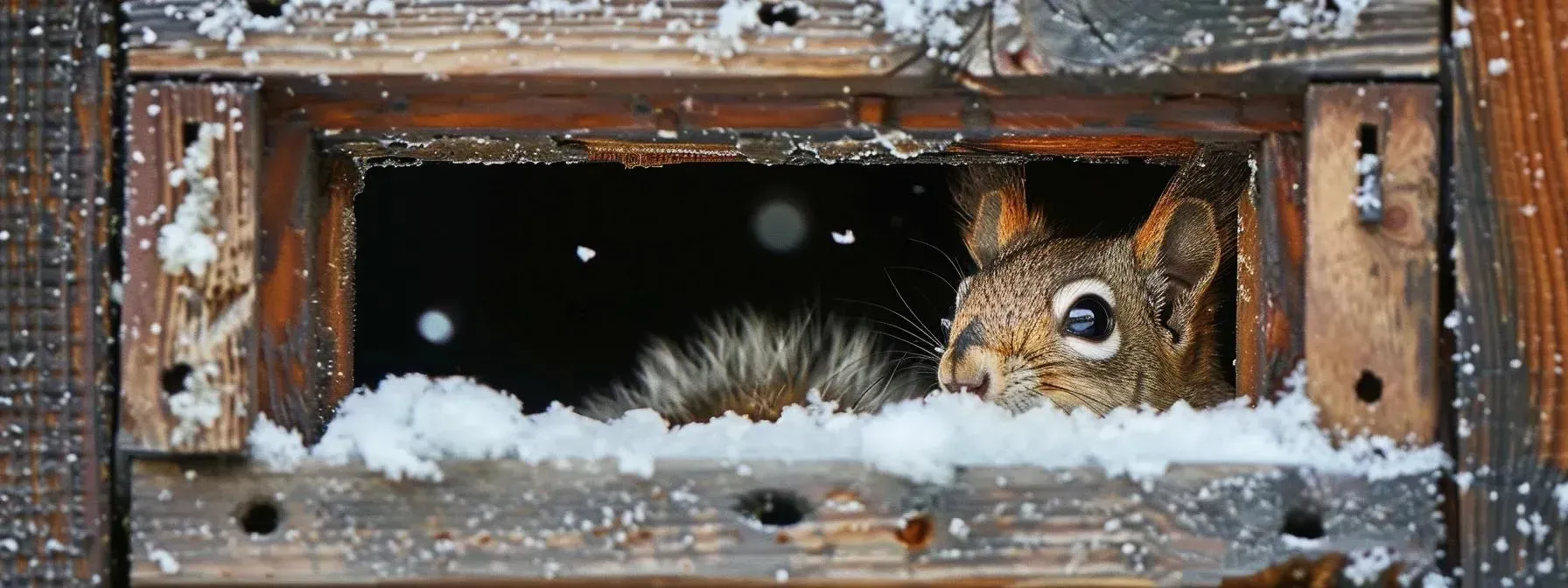

Slide title
Write your caption hereButton
Business Hours
- Mon - Sat
- -
- Sunday
- Closed
Proudly Serving Forsyth County, Gwinnett County, Fulton County, and Dawson County
All Rights Reserved | Catch A Critter



